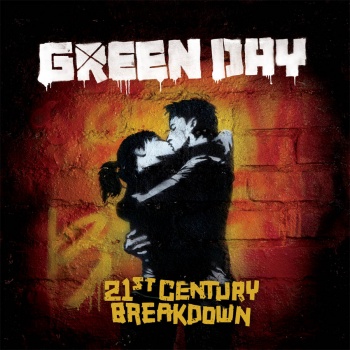Simulanalog Guitar Suite
Contents |
General Information
Original Author: Staffay
Weapon: Computer Amp Simulator
Make: Simulanalog
Model: Guitar Suite
Price: FREE !
Product Description
SimulAnalog Guitar Suite is something so unusal as a FREE suite of VST-compatible plugins for guitar. (it might as well be used for bass) The software emulates two different amps (Fender Twin 69' and Marshall JCM 900) and the following boxes:
- Boss DS-1 (Distortion stompbox)
- Boss SD-1 (Super Overdrive stompbox)
- Tube Screamer (Overdrive stompbox)
- Oberheim PS-1 (Phaser stompbox)
- Univox Univibe (Modulations stompbox)
There is no common interface for the plugins, eg. they work as separate units in the host application, and You have to link each of them as a separate plugin. Simulanalog is a research project that focus on DSP (Digital Signal Processing) emulation on "real" guitar sounds.
The "real" problem....
Shortly explained, the closer to the original sound one will get - the more DSP power is needed. Since the computers today doesn't have that raw DSP-power to perform advanced modelling of a sound, the software developers have to stick with compromises in order to get the software to run on all machines. (read commercial products in the same field) SimulAnalog means that descriptions as "every chain in the sound is modelled exactly by our sound engines" is nothin but bogus, since to do a proper reconstruction of the changes of the sound from component to component will require far more DSP-power that an ordinary computer haves.
Summing up these facts, it's easy to understand that unless a dedicated DSP-processor is used for the signal processing, there's gonna be a compromice regarding sound quality and response, no matter what algoritms are used.
Simulanalogs solution
Instead of trying to emulate what's happening in a tube amps preamp, poweramp, in the tubes etc. SimulAnalog tries to emulate the overall sound instead, and break down the emulators in parts. One amp, one box etc.
In Use
When You first download the suite and unpack, there is just 7 .dll files and one textfile. There is no actual installation, which the textfile explains. You just simply drop the plugs into the VST plugin folder (or the plugin folder of any DAW that is VST-compatible). Simple enough, when You starts the DAW again, they are all there.
There aren't any fancy user interface, it is very easy to understand what each control is good for. Regarding the amps they have exactly the same controls as their role models. So has also the plugins for the boxes. I found that they are consuming very little processor power compared to the commercial products, probably due to the minimal use of graphics and flashy stuff.
Sound
The emulation of the Fender amp is good, it is clean and warm, but You cant get it "overdriven" or get that sort of a "compressed" sound that older Fenders use to have. But as a clean sound it is great with a little reverb from the DAW. The response is good and according to SimulAnalog it shall have a -40db headroom which is quite a lot speaking about dynamic range.
The Marshall amp has two channels A and B, where A is more clean, and B is the real dirty one. It's pretty easy to get a descent Marshall-like sound, and the distorsion sounds good.
Feel
Overall Impression
Alternative Weapon
(Feel free to add other headings as appropriate for your review)






